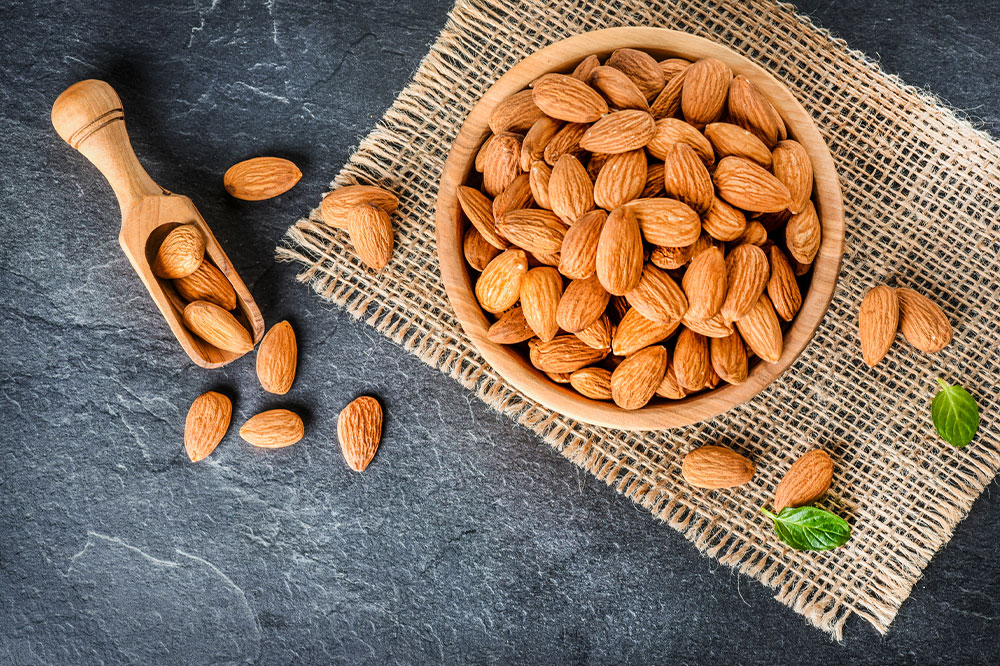4 foods that help manage eosinophilic esophagitis

Eosinophilic esophagitis (EoE) is a chronic condition affecting the esophagus, also known as the food pipe. It is caused due to various factors, including food and environmental allergies, leading to a build-up of white blood cells called eosinophils. It was identified only in the early 90s and is now considered a major cause of digestive system illness. Some of the symptoms of this condition include trouble swallowing, vomiting, heartburn, and chest pain.
Best foods for the management of eosinophilic esophagitis
As this condition is triggered by allergies, patients are often advised to remove all possible allergens from their food. While every system is different, some foods have been identified as safe for consumption by those with eosinophilic esophagitis.
Potato
This vegetable is completely gluten-free and can be eaten by those with eosinophilic esophagitis or GERD. Moreover, this starchy vegetable also contains fiber and Vitamin C, an antioxidant. Another benefit of potatoes is the presence of potassium, which aids the working of the nervous system.
Quinoa
Quinoa is a GERD-friendly alternative to starchy grains. It is gluten-free, high in protein, and has all the essential amino acids. Furthermore, it’s also a rich source of anti-inflammatory phytonutrients, which may aid in the treatment of chronic conditions such as EoE.
Fortified rice milk
Rice milk is a suitable alternative to dairy milk as it provides many of the same nutrients. It also consists of vitamin B12, vitamin D, and calcium and is low in fat. This plant-based milk has antioxidant properties, helping the body fight against oxidative stress and inflammation.
Chickpeas
Chickpeas are rich in dietary fiber, including a soluble fiber known as raffinose. This can ease the digestion process and ensure regular bowel movements. Moreover, garbanzo beans are completely gluten-free and a good source of polyunsaturated fats.
EoE is a chronic condition affecting people across age groups and requiring food habit modifications. Hence, in addition to the above, patients are suggested to visit a doctor and nutritionist to work out a treatment plan that benefits them.



